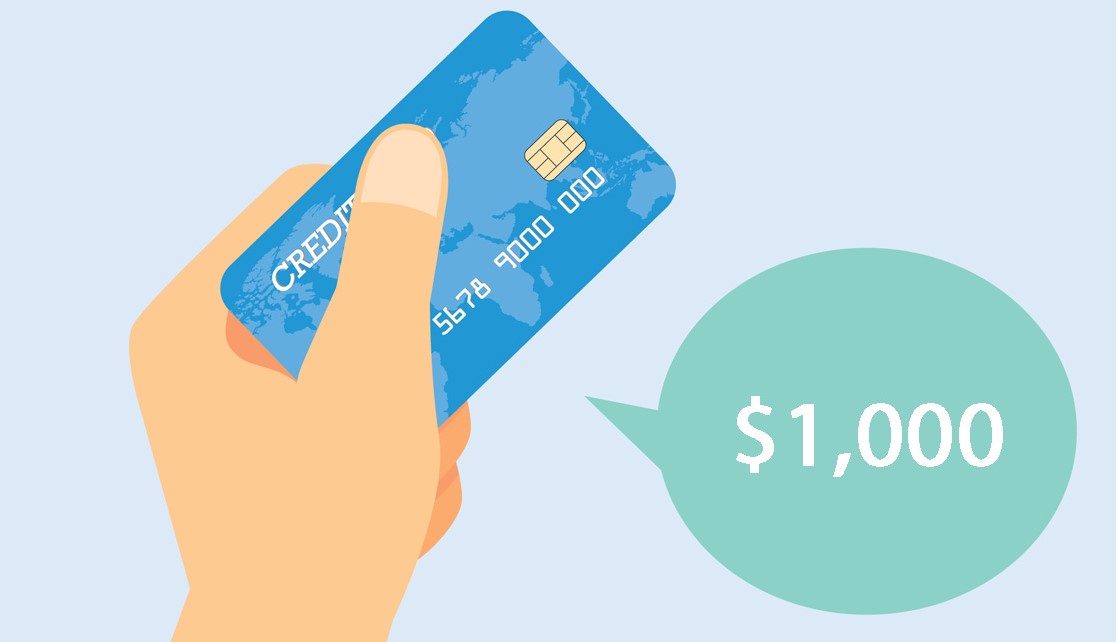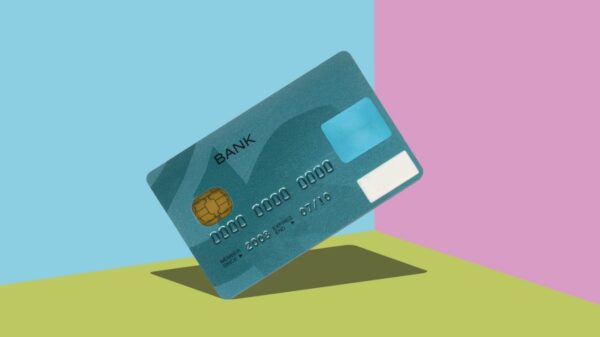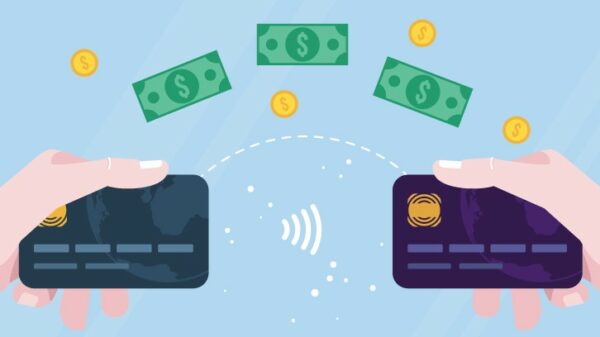Lines of credit are good alternatives to traditional fixed- or variable-rate loan. Here are some of the benefits of credit lines.
A line of credit is not something that people think of when they need money. The first thing that comes to mind is going to the bank to get a traditional fixed- or variable-rate loan, or even getting a credit card. You may also consider borrowing from family or friends, turn to specialized peer-to-peer or social lending sites, or go to payday lenders and pawnshops for those cash-strapped situations.
But a line of credit can be a great solution if you’re looking for access to funds when you need them. But how does a line of credit work?
Although credit lines have been used by businesses for many years to fund working capital or make strategic investments, they are not as popular with individuals. This may be because banks don’t often advertise credit lines, and potential borrowers don’t know to ask. A home equity line or HELOC is the only type of credit that may be available. However, this loan is secured by the borrower’s home and comes with its own risks.
Let’s dive a little deeper into how a line of credit works.
What is a line of credit?
A line of credit is a flexible loan that you can get from a bank or other financial institution. A line of credit, which is similar to a credit card, allows you to access a restricted amount of money. You can repay it immediately or over a specified time period.
A line of credit, like a loan, will charge interest when money is borrowed. Borrowers must be approved by banks, with approval being a result of the borrower’s credit rating, and/or relationship with them.
Although lines of credit are less risky than credit card loans, they can cause problems for banks in terms of earning assets. The outstanding balances cannot be managed once the credit line has been approved.
This addresses the fact that most banks don’t care about personal loans and unsecured loans for most customers. It is also not economically feasible for a borrower to take out a loan each month, then repay it and borrow again. These two issues can be solved by lines of credit, which make a set amount of money available to the borrower when they need it.
A line of credit is useful
Lines of credit are not designed to finance one-time purchases like houses or cars. However, they can be used for items that banks might not typically underwrite. Individual lines of credit serve the same purpose as business credit lines: to help with variable monthly income, and expenses, and to finance projects that may not be possible to determine in advance.
A self-employed individual whose monthly income fluctuates or experiences an unpredictable delay in receiving their pay. This person may rely on credit cards to manage the cash flow crunches.
However, a line credit is a better option as it typically has lower interest rates and offers more flexible repayment terms. Lending lines of credit are useful for situations where cash outlays will be frequent. However, the amount may not be known in advance, and/or vendors may not accept credit cards. Also, they can be used in cases that require large cash deposits, such as weddings.
In the same way, lines of credit were very popular in the housing boom to finance home improvements or refurbishment projects. A mortgage would be required to purchase a home. However, a line credit would be available to finance any renovations or repairs.
Personal lines of credit are also available in bank-offered overdraft coverage plans. While banks may not be eager to describe overdraft insurance as a loan product, and not all overdraft plans are supported by personal lines, many are. This is another example of how a credit line can be used quickly and as-needed for emergency funds.
The problems with credit lines
Lines of credit can be both beneficial and dangerous, just like any loan product. Investors can tap into a line of credit to repay the money. The terms of such repayments are clearly stated at the time the credit line is first granted. Credit evaluations are required and borrowers with poor credit may have difficulty getting approved. It’s not free money.
Unsecured credit lines are lines of credit that are not tied to the equity in your home or other valuable assets. They are usually less expensive than loans from pawnshops and more affordable than credit cards.
However, they can be more costly than traditional secured loans such as auto loans or mortgages. The interest paid on a credit line is usually not subject to tax. If you don’t use your line of credit, some banks may charge a monthly or annual maintenance fee. Interest starts accruing as soon as the money is borrowed. Some borrowers might find the interest calculation for credit lines more complex and end up paying more in interest because they can be drawn on and repaid unscheduled.
Comparison of lines of credit with other types of borrowing
While there are many similarities between lines of credit and other forms of financing, there are important differences that borrowers must understand.
Credit cards
Lines of credit are similar to credit cards in that they have predetermined limits. You can only borrow a set amount and not more. Like credit cards, the policies regarding going over the limit can vary from lender to lender. However, banks are less likely than credit cards to approve overages immediately.
Instead, they will often renegotiate the line and increase the borrowing limit.
As with plastic, the loan is preapproved and can be accessed at any time the borrower desires, for whatever purpose. Finally, credit cards and lines of credit can have annual fees but neither charges interest until the balance is paid. Lines of credit can be secured using real estate, which is not possible with credit cards.
Home equity lines of credit (HELOCs) used to be very popular among both lenders and borrowers prior to the housing crash.
Although HELOCs can be more difficult to obtain, they are still readily available and have lower interest rates. Companies will increase their interest rate if these minimum payments are not met. There may be similar monthly repayment requirements for credit lines.
Lending
A line of credit is similar to a traditional loan. It requires credit approval and repayment. There are also interest charges on the borrowed funds. A line of credit, just like a loan can be used and repaid to improve a borrower’s credit score. A line of credit is more flexible than a loan. It can be for a fixed amount and for a set time, with pre-arranged repayments.
However, it will have a higher interest rate. A line of credit has fewer restrictions regarding the use of borrowed funds. The mortgage must be used to purchase the property. An auto loan must be used for the car.
However, a line credit can still be used at the borrower’s discretion. When you are faced with a financial emergency, and need cash quickly, deciding whether a loan is right for you can be stressful. Accessing quick cash can be difficult for those with less-than-stellar credit. There are many options for emergency loans even if you have poor credit.
Payday and pawn loans
Although there are superficial similarities between a pawn and payday loans and lines of credit, this is due to the fact many payday loan borrowers are “frequent flyers”, who borrow repeatedly, repay or extend their loans often (and pay very high interest and fees along the way). A pawnbroker, payday lender, and other lenders don’t care about the borrower’s use of the money, as long as it is repaid in full.
However, the differences are significant. The cost of funds for anyone who is eligible for a line credit will be significantly lower than that of a payday loan or pawn loan. The credit assessment process for payday or pawn loans is simpler and more straightforward (sometimes there’s no credit check) and you can get your funds much faster.
Payday lenders and pawnbrokers rarely offer the amount of money that is often available in lines of credit. Banks are not likely to offer lines of credit that are as small as the average payday loan or pawn loan.
The bottom line
Credit lines are just like any other financial product. They can be good or bad. It all depends on how they are used. Excessive borrowing from a credit line can lead to financial problems just as easily as credit card spending. However, lines of credit are a cost-effective solution to financial problems or the execution of complicated transactions such as a home remodel or wedding.
Borrowers should carefully review the terms, including the interest rate and fees. They should also shop around and ask lots of questions before signing.





